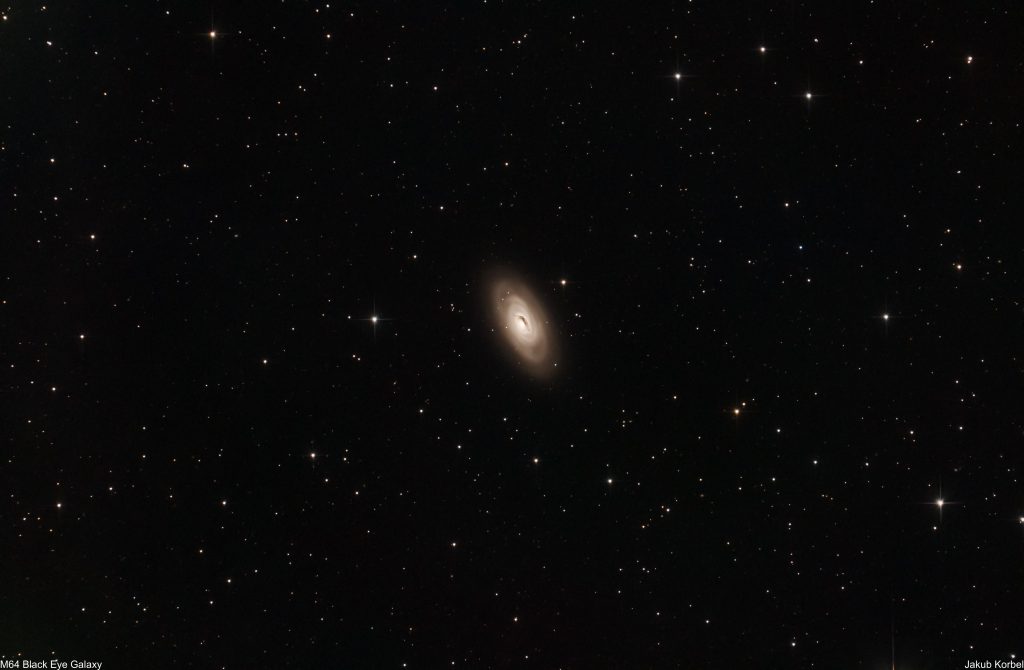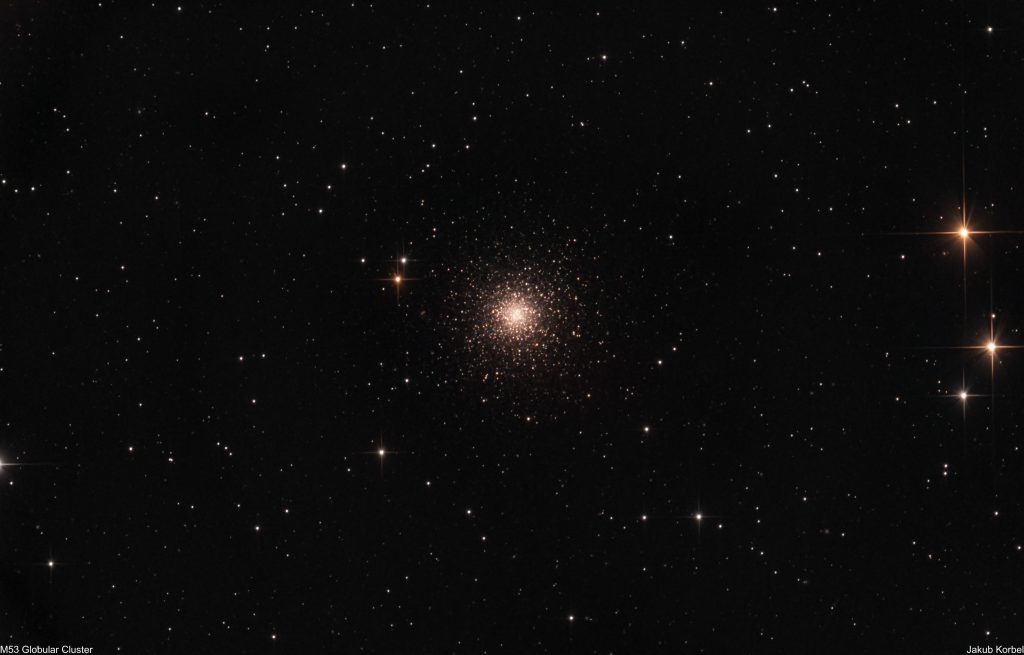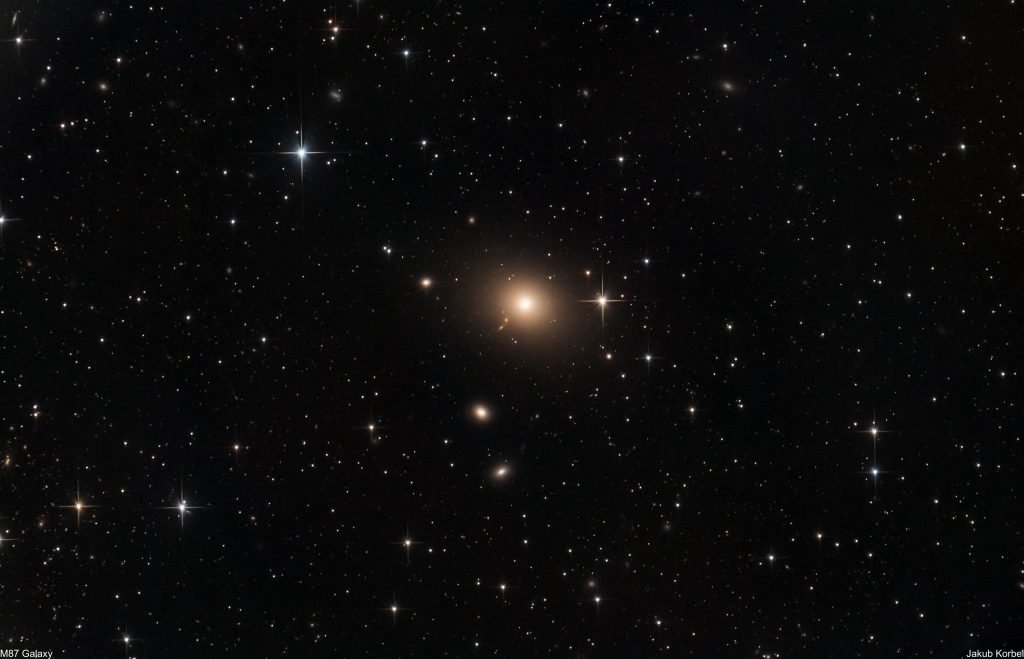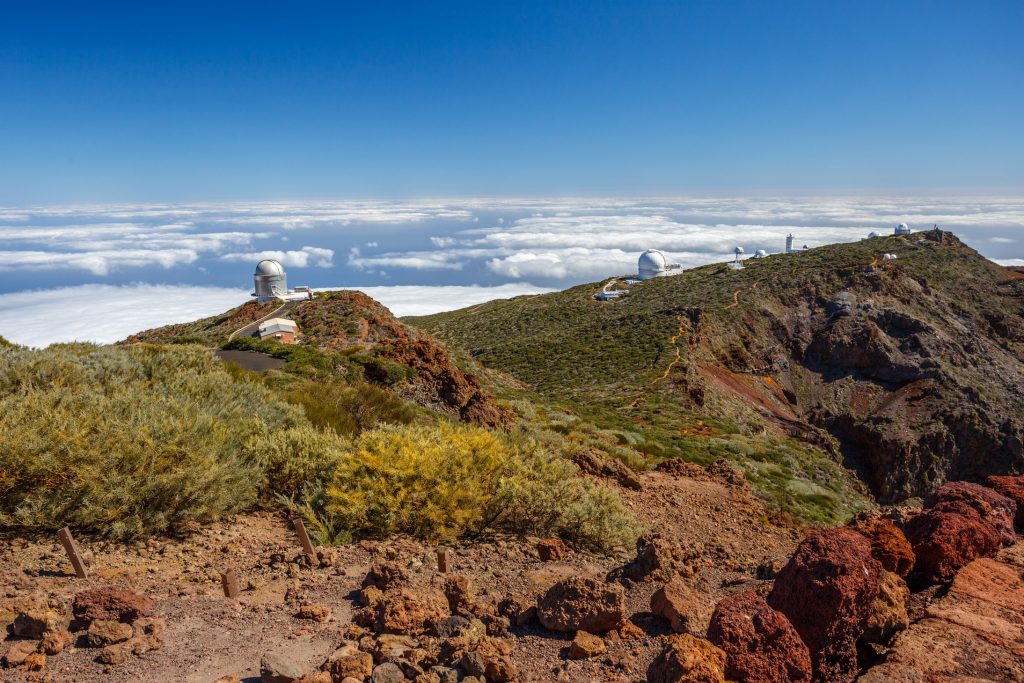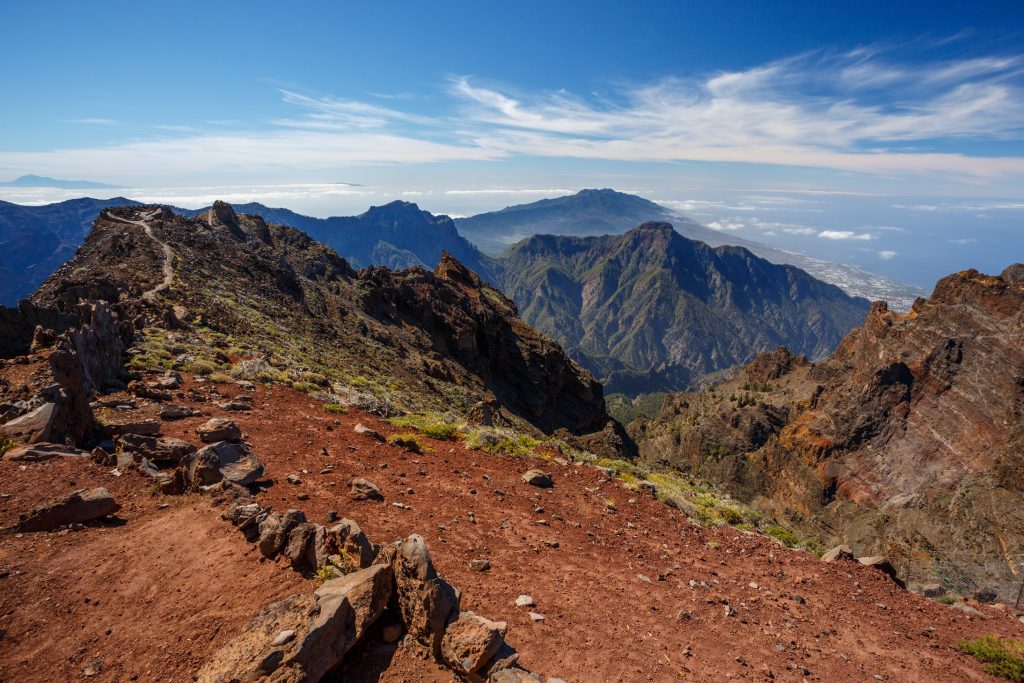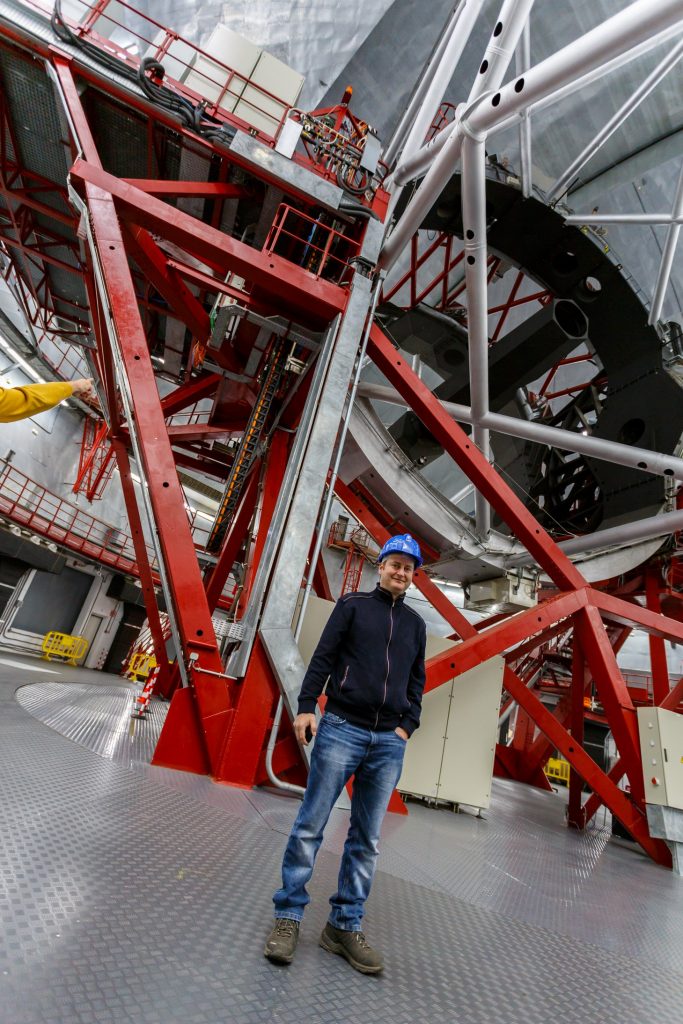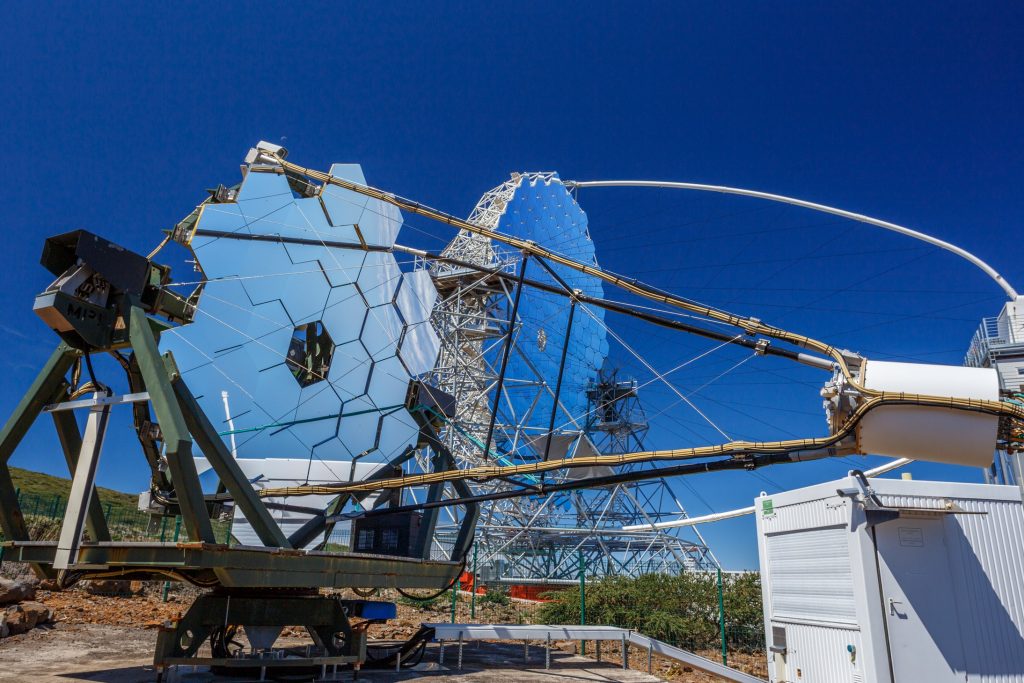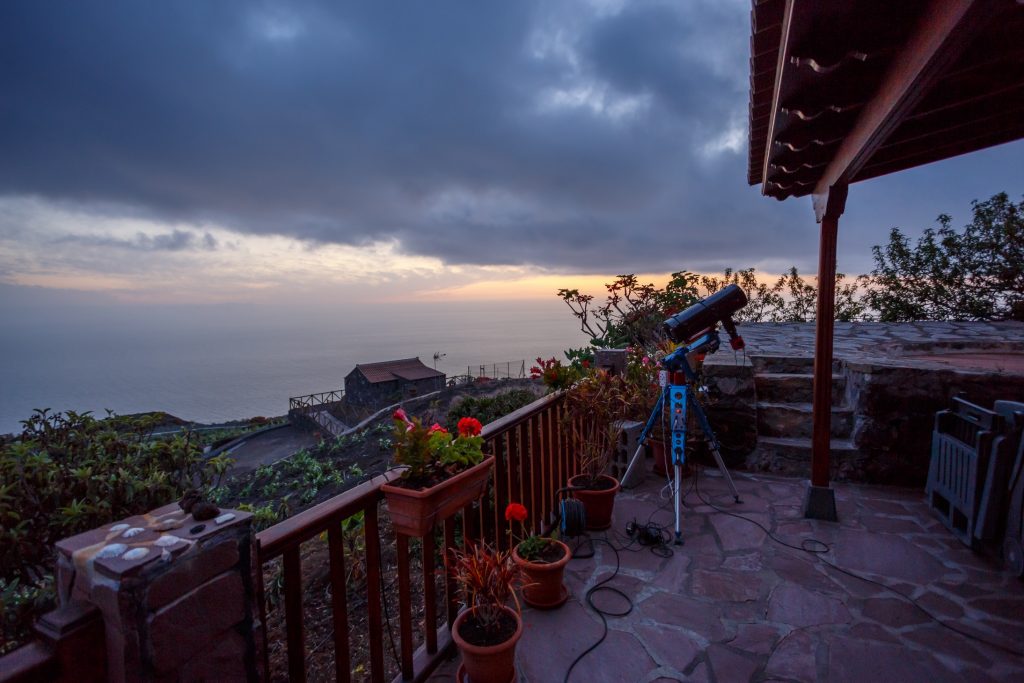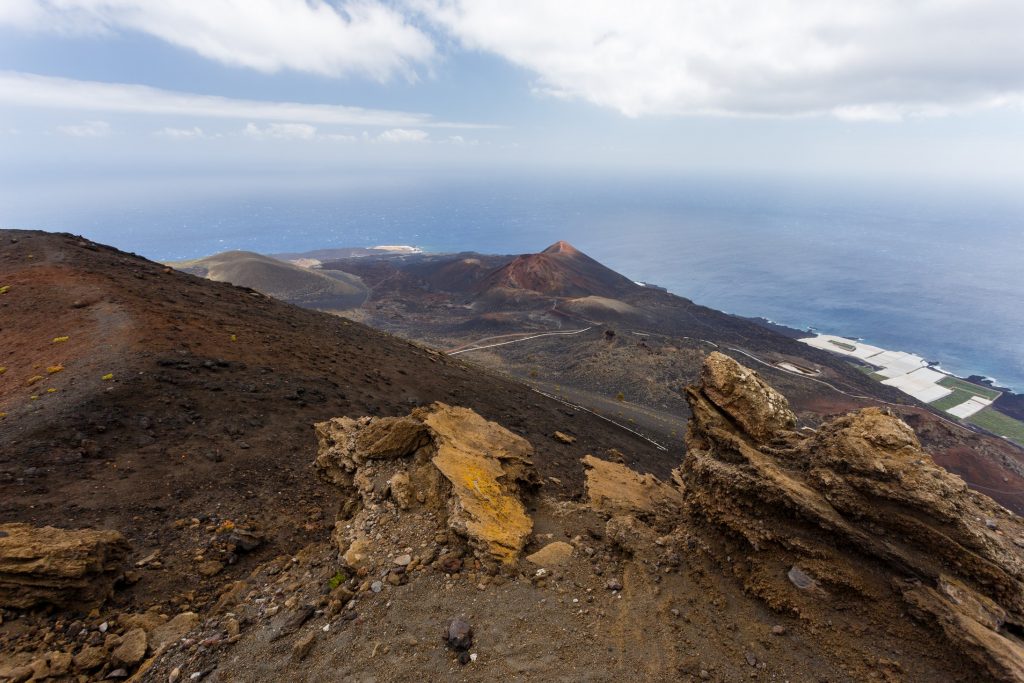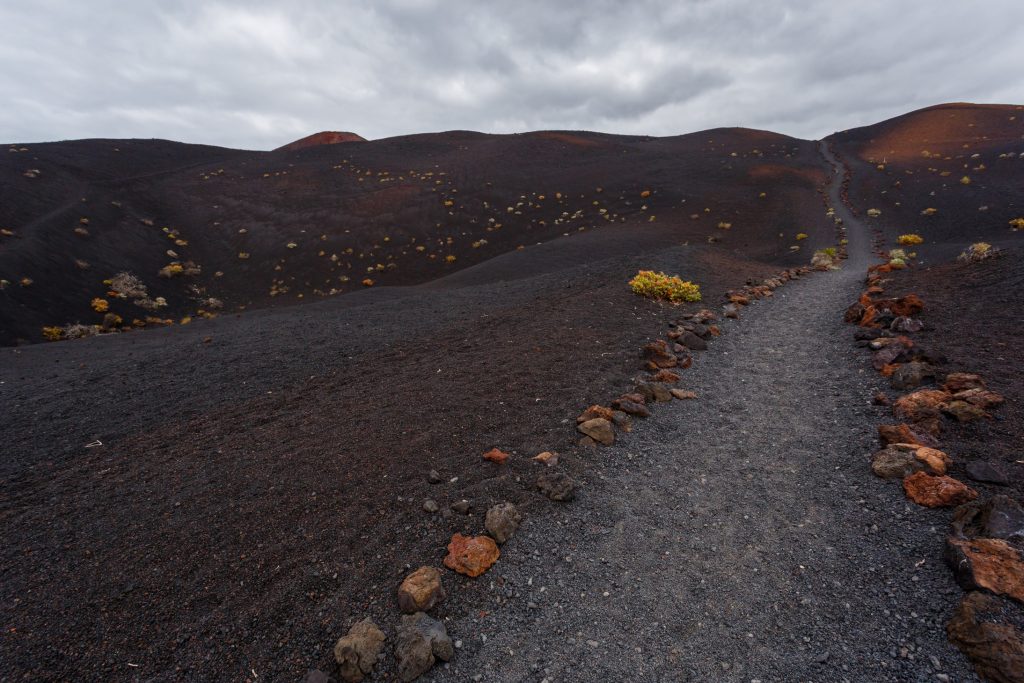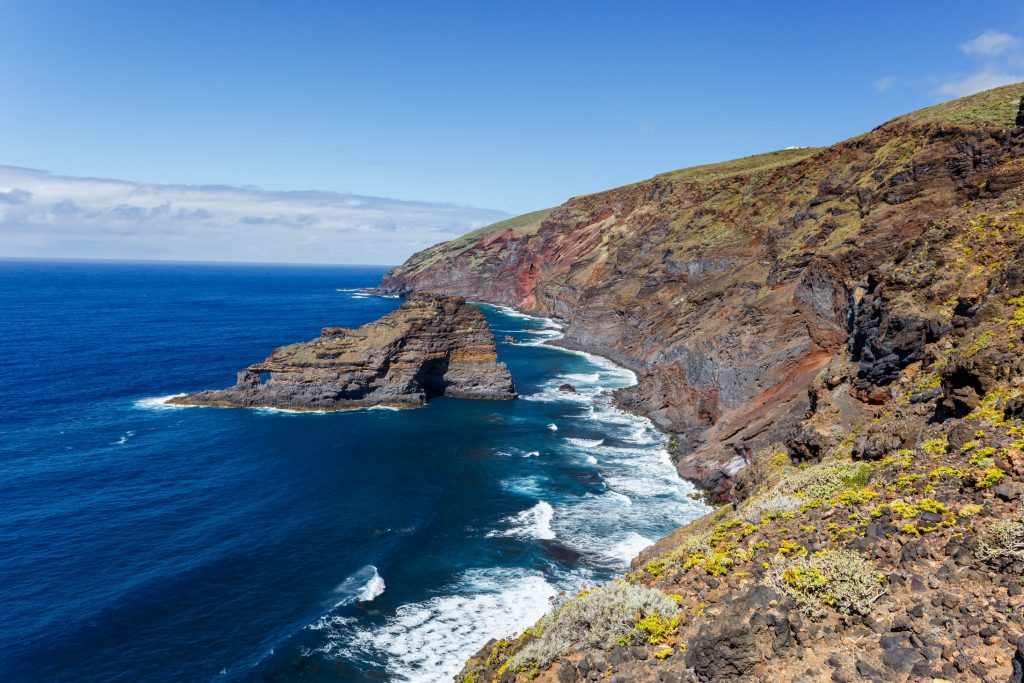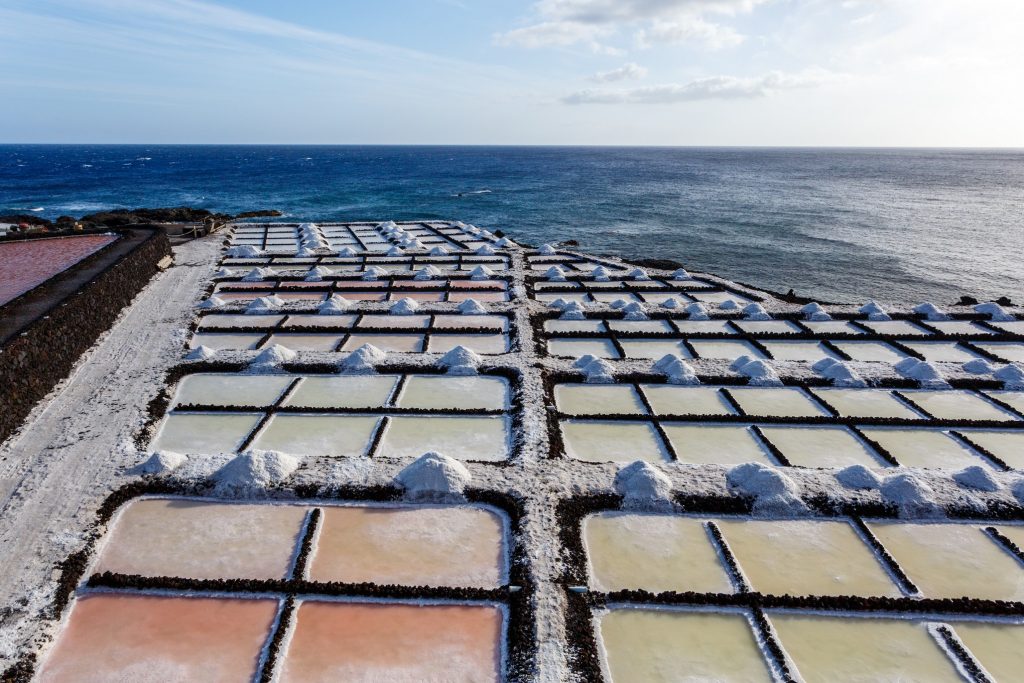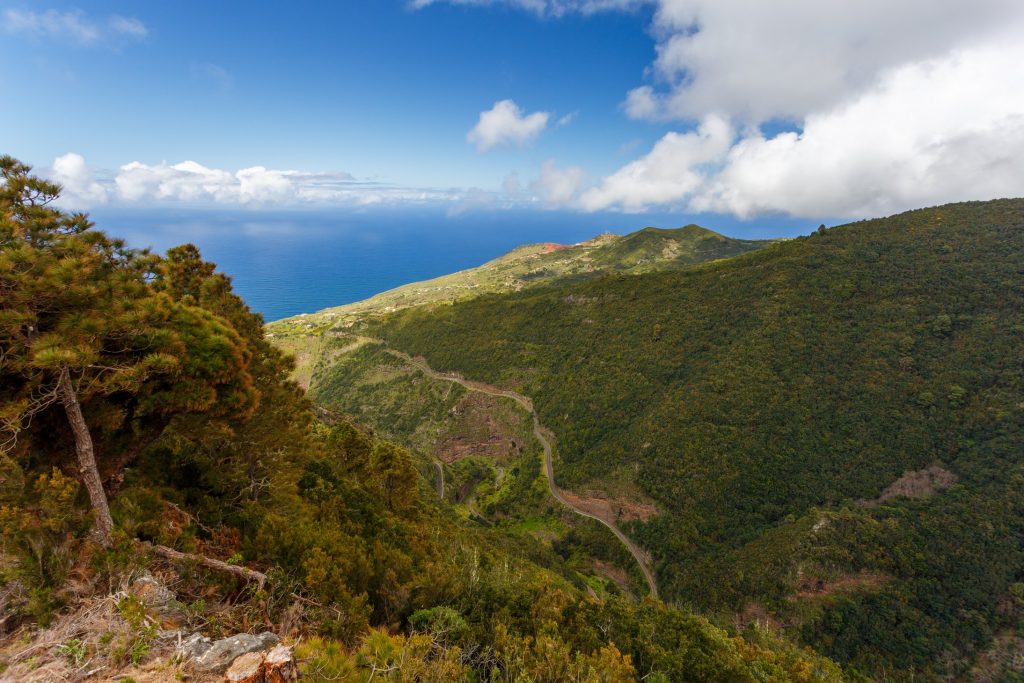Galactic season continues. After capturing M64 galaxy, I pointed my telescope to another one. Specifically to Messier 102 called Spindle Galaxy, which is a lenticular galaxy in constellation Draco. Afterwards I went to sleep and the telescope was collecting the photons coming from there. The light had to travel very long distance, because this galaxy is approximately 40 million light-years from Earth.
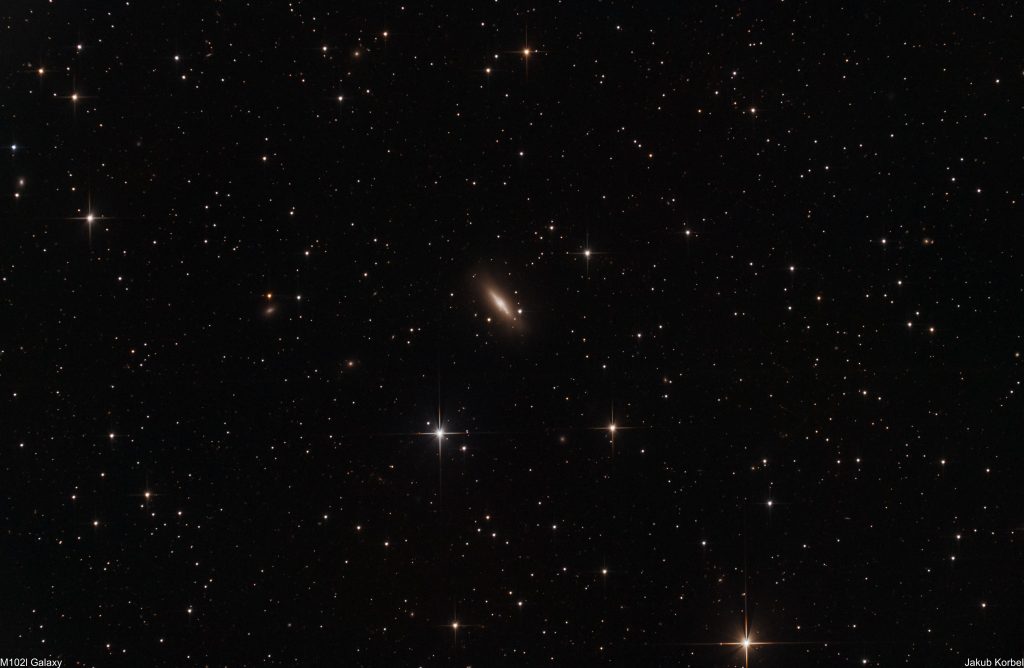
Technical details:
| Telescope | Newton 254/1000 mm |
| Aperture | 254 mm |
| Focal length | 1060 mm |
| Mount | Gemini G53f |
| Autoguiding | ZWO 174MM, TS 60/240 mm |
| Camera | ZWO 071 Pro @-10°C |
| Corrector | Explore Scientific HR coma corrector |
| Filters | Astronomik L-1 - UV IR Block Filter |
| Exposure | 55x180s, Gain 94, bin 1x1, |
| Date | 2019-05-24 |

